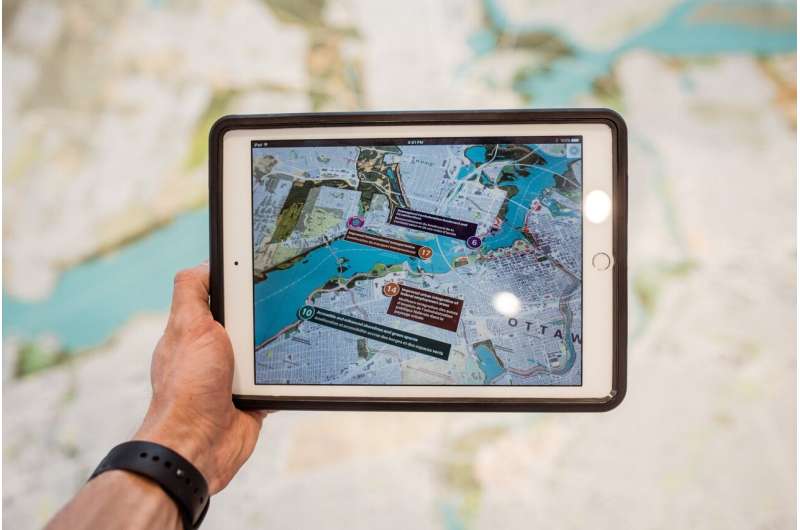Aotearoa's first strontium isoscape developed

Tracing the regional origin of everything from milk to invasive bugs is now possible thanks to a University of Otago project.
A strontium isotope map developed by Ph.D. Candidate Robyn Kramer, and colleagues, means biological material can be pinpointed to distinct geographical regions in Aotearoa.
Kramer's doctoral research collected hundreds of plant and soil samples from across the country to create the first strontium isotope map. Strontium and its isotopes are naturally occurring elements present in food and water resources.
While such maps, or isocapes, have been developed elsewhere in the world, this is the first for Aotearoa New Zealand.
The use of the map means researchers and scientists can better predict where unknown materials originated, she says.
"When people and animals consume these food and water resources, their biological tissues such as hair, teeth, nails and bones incorporate and carry a unique signal that can be analyzed and traced back to the geographic regions where those resources were grown and obtained.
"Because of this traceability, we can use strontium isotopes to predict region-of-origin for unknown materials and figure out where they may have come from."
Until now, Aotearoa New Zealand has not had a strontium isoscape. Without the isoscape, predicting region-of-origin using chemical techniques relies on comparing trace elements of unknown samples to known samples.
"This is very similar to DNA. Your results are only as good as the database of material you can compare your sample against. For geographic region-of-origin predictions, this means if you do not have an actual sample of material from every possible location in Aotearoa NZ to compare your unknown sample to, you will not be sure where it originated from," Kramer says.
"The isoscape uses machine learning to fill in the gaps using what we know about environmental variables and existing geo-referenced strontium isotope values from plant, animal, and soil samples."
The model could benefit many industries and research, and is already being used by the Bio-Protection Research Centre to help identify whether invasive pests recovered at ports of entry represent established New Zealand populations or are recent invaders.
"Future research will be able to use the strontium isoscape in forensic, conservation, geologic or archaeological focused research. I am currently coordinating with a … student who wants to use the strontium isotope isoscape to predict region-of-origin for the invasive wallabies in Aotearoa New Zealand to assist efforts to track and control the troublesome invaders," she says.
"Companies may use the model to help their region-of-origin predictions for fraudulent products on the market. In that case, the company would benefit from being able to identify who, or at least where, fraudulent forms of their products are coming from and that can help them move forward with getting those products off the market and reduce the loss of sales going towards counterfeited products."
Kramer, however, would most like to see the strontium isoscape used for conservation-related research.
"I think it would be very cool to collect fallen or shed feathers from Aotearoa's unique birds and run them in the model to identify where their foraging ranges are to help conserve and protect those areas. This would avoid the need to capture and tag the birds with expensive GPS technology that may fall off."
Kramer is no stranger to this type of research; when she was undertaking previous research in the United States, she used a similar model for Central America and Mexico to predict the region-of-origin for unidentified deceased Latin American migrants to help expedite the identification and repatriation process.
"In this instance, the use of the strontium isotope isoscape can greatly shorten the amount of time a family may be left grieving for their lost loved one.
"I am excited to see the innovative ways future research utilizes this new Aotearoa New Zealand strontium isotope isoscape."
The research was published in PLOS ONE.
More information: R. T. Kramer et al, A bioavailable strontium (87Sr/86Sr) isoscape for Aotearoa New Zealand: Implications for food forensics and biosecurity, PLOS ONE (2022). DOI: 10.1371/journal.pone.0264458
Journal information: PLoS ONE
Provided by University of Otago


















